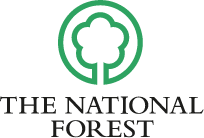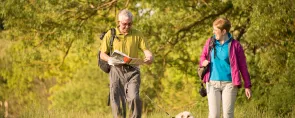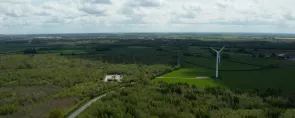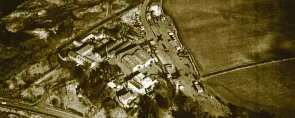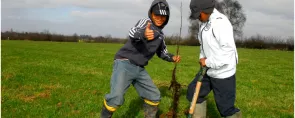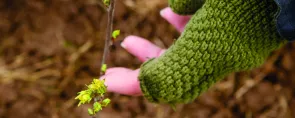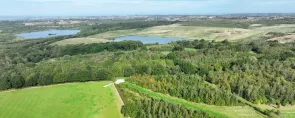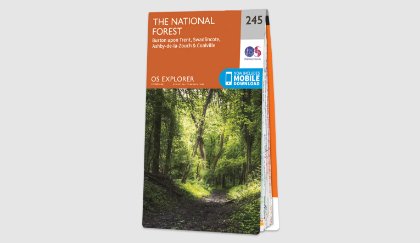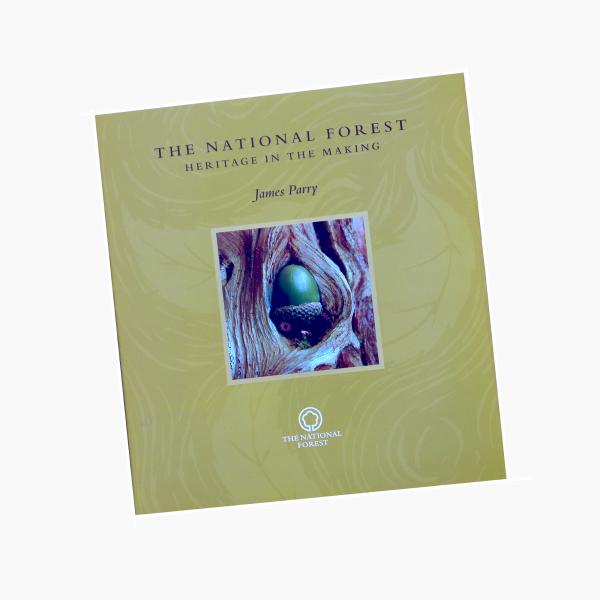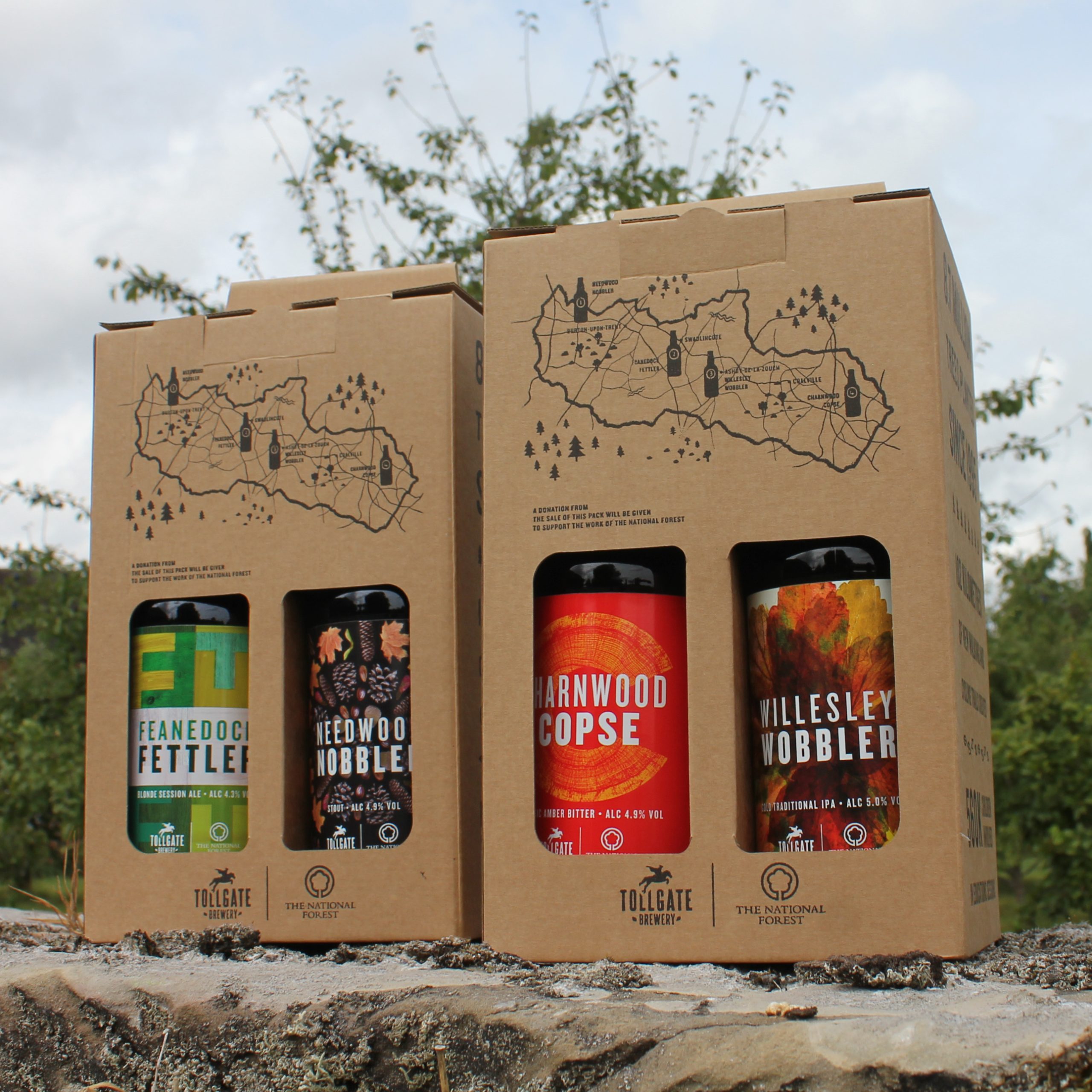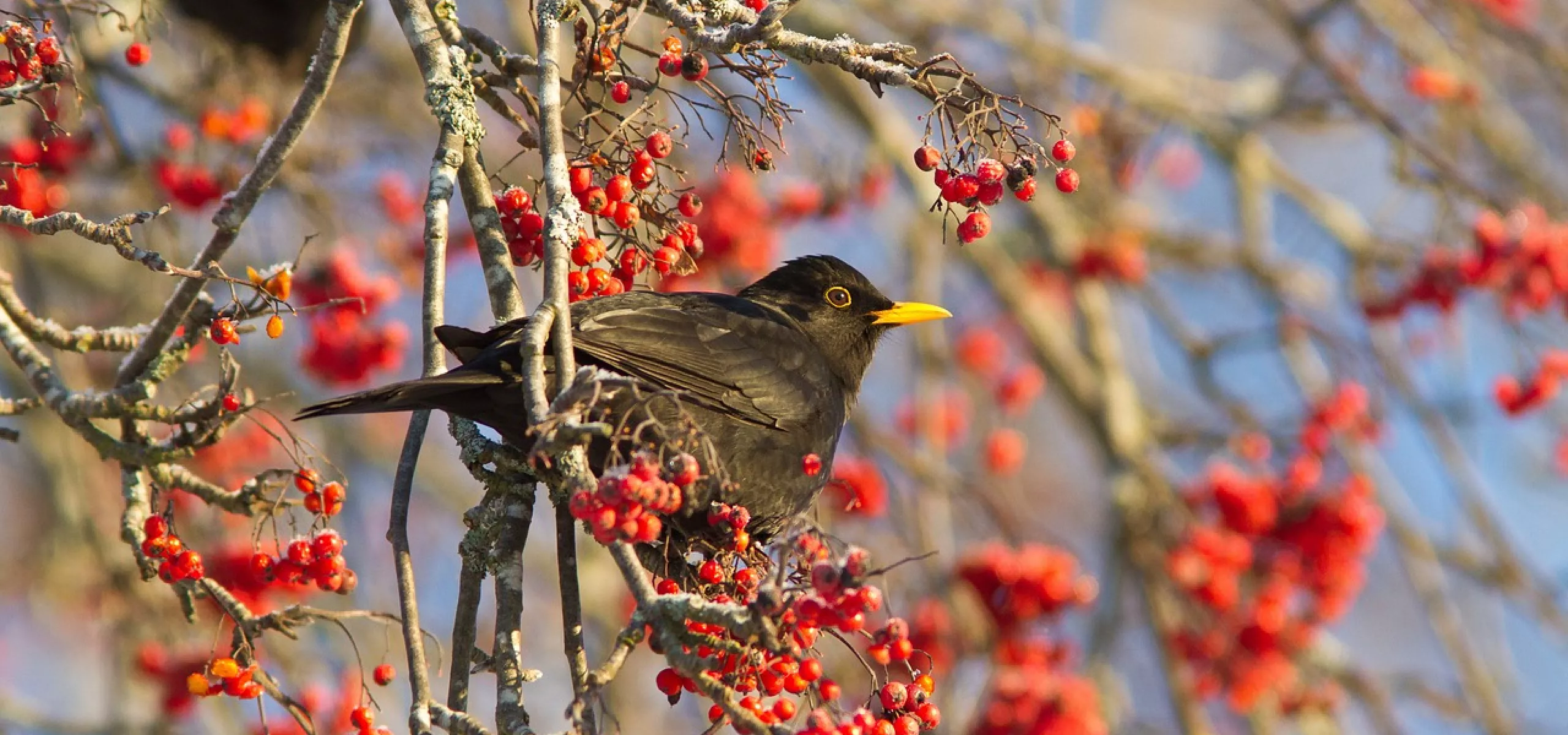If you have a garden and have space, trees can be a wonderful addition, either in the ground or hedgerows or as a beautiful, iconic tree. So, we talked to Stuart Dainton, Head of Land Management and Estate at the National Forest, to find out his top tips for successful tree planting.
The most important thing to consider, he said, is planting the right tree in the right place, so doing your research is crucial. “You need to think about both above-ground growth and below-ground root expansion, as well as its impact on shade, light, and nearby structures,” he explained.
Why does ‘right tree, right place matter? Making sure that you’re planting the right tree in the right place for the right reasons is vital. We all know that growing more trees is good for us and for our planet – but growing more trees isn’t always as simple as it sounds. Different species of tree are suited to different soil types, weather conditions or areas and we want every tree planted to be able to thrive and play a positive role in its ecosystem.
For many of us, the easiest option when thinking about where to plant a tree or hedge is a front or back garden. If you own your garden, you won’t need to ask permission from anyone to plant there and you’ll be able to make sure your new trees are looked after properly too. If you’re living in a rented property, you’ll need permission from the landowner before you’re able to plant a tree or hedge in your garden and you should think about what might happen to the garden (and your plants) in the future. For example, if you were to move out, would the landlord or next tenants be able to take care of the tree or hedgerow?
How much space is there? Ideally, you want your tree to be able to fully mature without needing to be cut or pruned. Mature trees don’t necessarily take up lots of space, but it’s important to consider whether your tree will at some point (even in the distant future) grow too large for the spot you’ve chosen.
Trees grow both in height and spread over 100 years or more, so can impact shade, light and building foundations. Remember too that over time the roots can extend outwards as much as twice the ultimate height of the tree. The amount of space below ground for the roots is important for the tree’s long-term health and stability, so make sure you take this into account. The shape and branching of the tree and the size and density of its leaves will affect light and shade, and how vigorously it grows and how much water it takes in from the ground could affect nearby buildings.
Choosing your trees or hedge It’s important to choose the right species of tree or hedgerow to plant so that it can thrive and benefit the surrounding area.
Think about:
Copying nature: Tree species that are already thriving in your area are likely to be a good choice!
Going native: Native species are really important and by planting more of them we can help these amazing trees thrive in the future.
Non-natives in the right place: As our climate warms, it is worth considering planting non-native trees which may better tolerate the new climate. In the right places like streets and urban parks, non-native species can also add colour and diversity to a landscape.
Pollution: In urban areas, it’s important to choose trees that can tolerate pollution in the atmosphere and chemicals in the soil, like road salt.
Fruit and leaves: Will your tree drop fruit, like rowan berries, onto pavements and make them slippery? Large leaves can also cause this problem.
Health: Don’t plant any trees that produce poisonous fruits (like yew) or that can cause sickness (like crab apples) near areas where children play or animals graze.
Height and spread: How big will this species grow and how will that impact nearby roads, buildings, and services? Species like oak and beech might eventually shade windows and gardens, for example.
Soil type and water availability: If you’re planting in a very dry area, for example.
Why are native trees important? Because native species have adapted to live in particular ecosystems, they play a crucial role in their local environment. They are better able to support local wildlife, like birds, bees and butterflies, as they have evolved side by side for centuries. There are 60 or more native trees and shrubs in the UK which have evolved alongside our wildlife, including butterflies, bees and birds, and provide vital habitats and food sources for a huge range of species.
Three great trees to consider are:
Crab apple, which can grow between 7m and 9m tall with its sweet, scented spring blossom to attract bees and its fruit is great for birds and mammals. Its small hard fruits also make an exquisitely coloured jelly.
Hawthorn trees can grow up to 15m tall if they’re not pruned and will grow in most soils. They show a pretty blossom and are wonderful for wildlife.
Rowan can grow up to between 8m and 15m, and are wonderful to attract bees and other insects, producing lots of berries as food for birds.
And if you have a little more space, then silver birch grows to around 15m to 20m tall and attracts insects and birds like long-tailed tits. It grows best on sandy or acidic soils.
Stuart said: “You can plant bare-root trees from November right through to March but avoid planting during frozen or excessively wet conditions. Once you have planted your tree you have a wonderful memory for life.”
Of course, not everyone can plant a tree at home, so if you’d still like to do your bit and help grow a greener future for everyone, then why not dedicate a tree or join us at our next Plant a Tree event?
